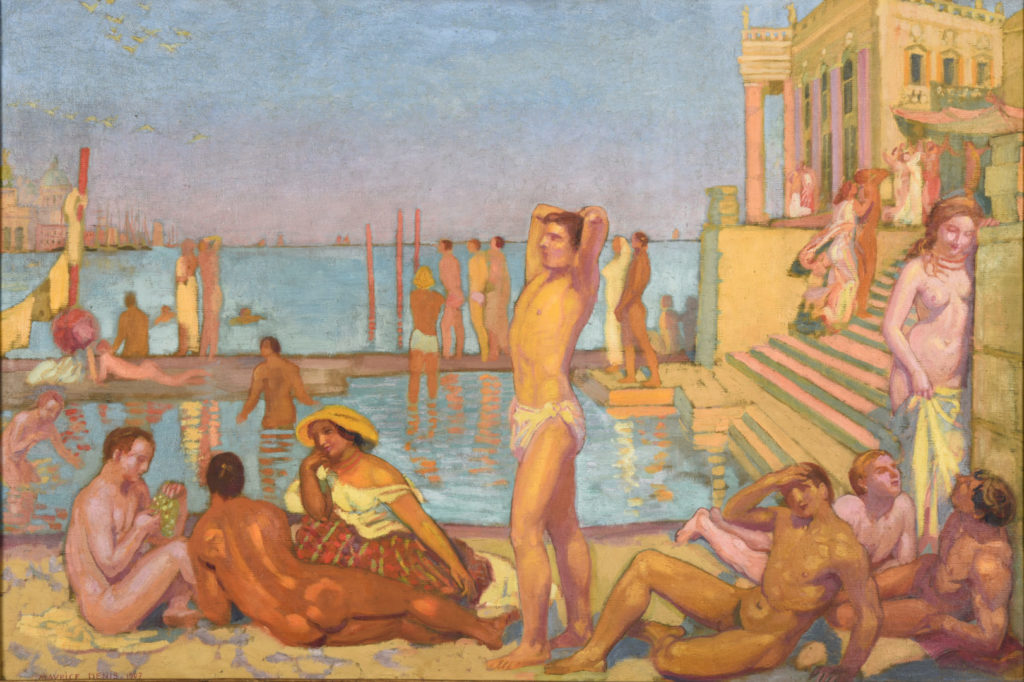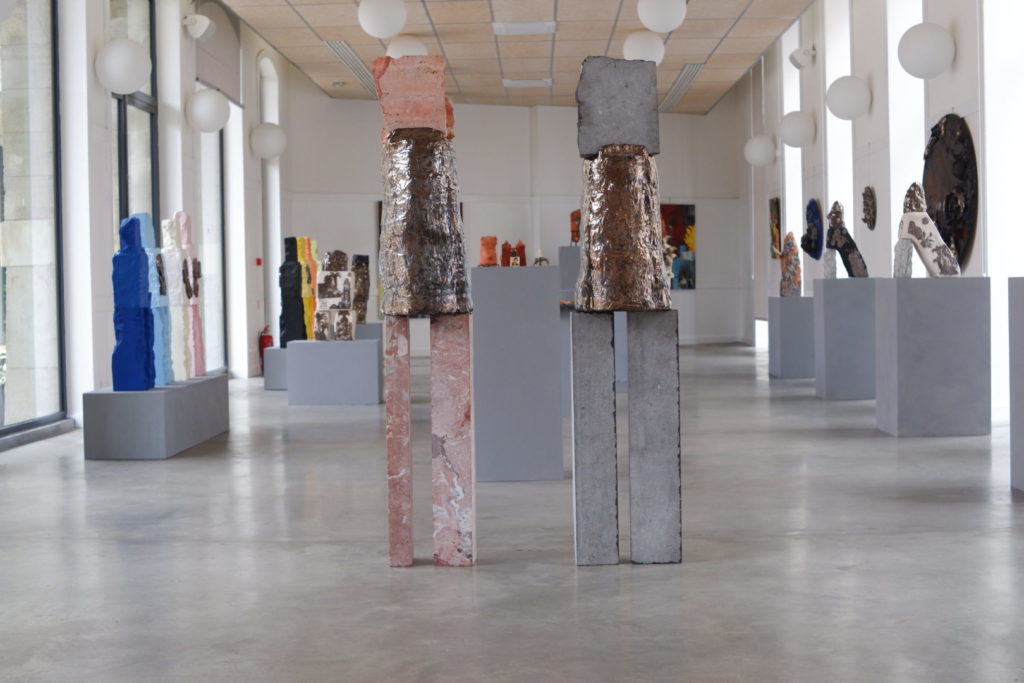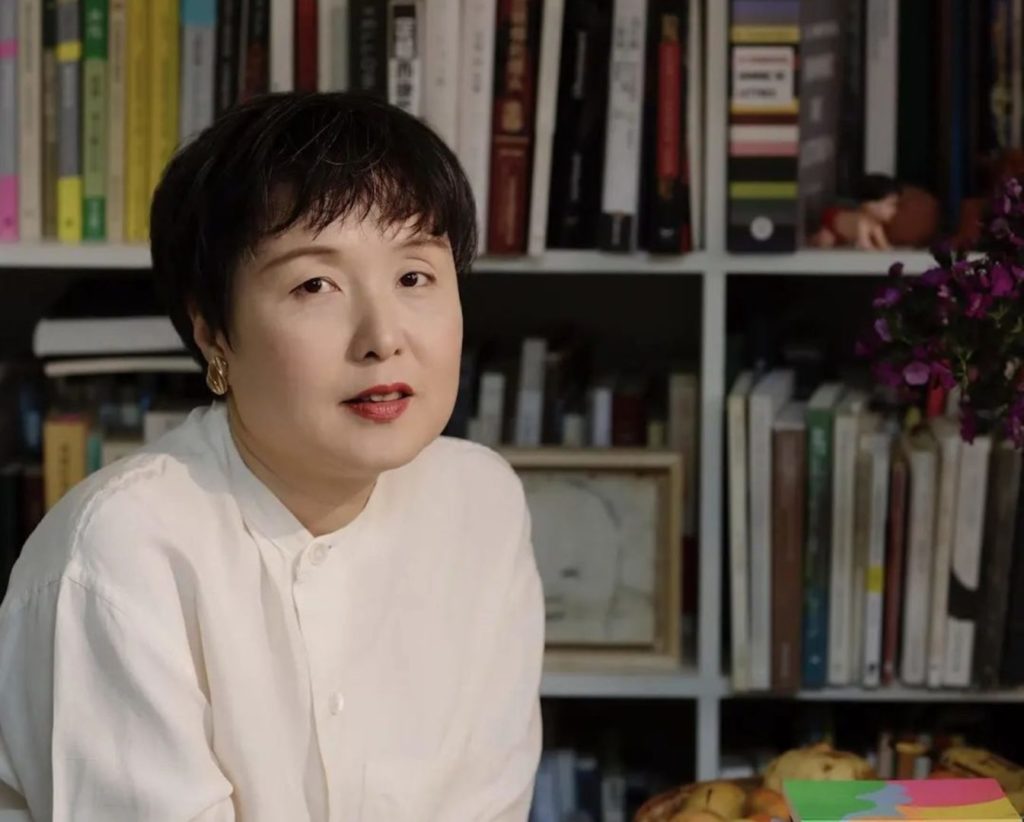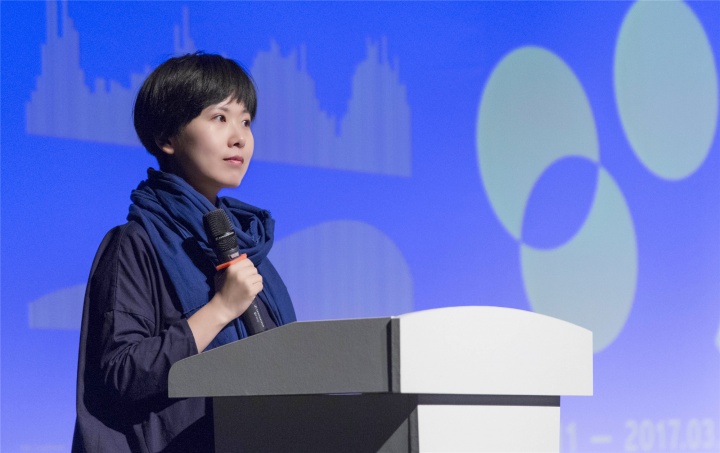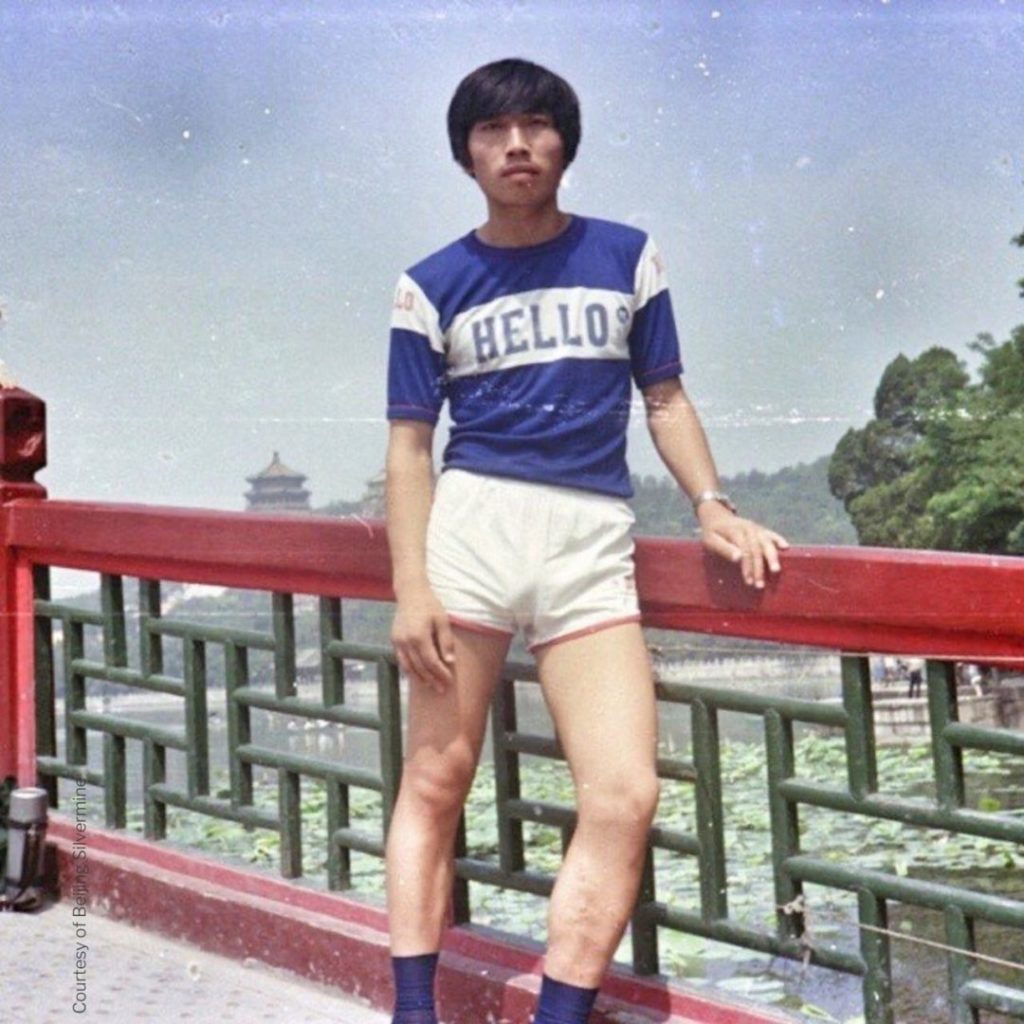Autel des Innocents (Altar of the Innocents)
An installation by Léo Nataf for Nuit Blanche 2025
For his first in situ work in Paris, Léo Nataf transforms the Fontaine des Innocents into a sensory and historical threshold. Through an installation combining sound, light, sculpture, and smoke, he offers a journey to the origins of cities, in Mesopotamia in the 4th millennium BC.
June 7, 2025 | Fontaine des Innocents | Open to all from 7p.m.
Sound Design : Jonas Landman.
Curator and Text : Victoria Jonathan (Doors 门艺).
Coordination : Nuit Blanche Team– City of Paris.
Production : ARTER.
Stainless steel sculptures and metal structures : S-Concept.
Poster Design & Animation : Iris Elkeslassy.
Back to the first cities
Around 6,000 years ago, in Mesopotamia (now Iraq and parts of Syria, Kuwait, and southeastern Turkey), the first cities (Uruk, Larsa, Babylon) emerged, with their systems of public administration, laws, writing systems, hydraulic systems, and founding myths. Léo Nataf takes this original shift, this moment when humans became city dwellers, and recreates it in the heart of Paris.
The soundtrack for the installation was composed by Jonas Landman in collaboration with the artist. Together, they drew inspiration from the oldest known musical score: a 3,500-year-old religious hymn found in Assyria and engraved on a clay tablet. This ten-minute sound loop, aquatic and mesmerizing, mixing the oud and synthesizer manipulated using computer software, is synchronized with colorful light effects and smoke rising from the top of the fountain. The contrast between water and fire, between liquid and vapor, and the variations in color and intensity according to the sound modulations reinforce the ritual and enigmatic aspect of the work, forming a hypnotic cycle that invites contemplation.
Shimmering sculptures, hybrid creatures, and ritual objects
Around the dome, mirror-polished stainless steel sculptures inhabit the fountain. The artist drew inspiration from the nymphs and tritons of the Renaissance sculpted on the monument to evoke the first hybrid creatures of Mesopotamian mythology: griffins, chimeras, cerberuses, bird-women, and half-animal, half-divine figures whose stories have been passed down through the ages to feed Egyptian, Greek, and North African myths. Their reflective surfaces capture the light and the movements of the spectators, creating a play of appearances and disappearances.
These hybrid forms are mixed with ritual objects: candlesticks shaped from Fatma’s hands, Berber fibulae, crafted or collected artifacts, often inspired by the cultures of the Maghreb, where the artist is from. Each element becomes a bridge between times, between the sacred imagination and everyday objects. For Léo Nataf, it is a question of summoning universal symbols, breaking down barriers between narratives, and creating a dialogue between spiritualities.
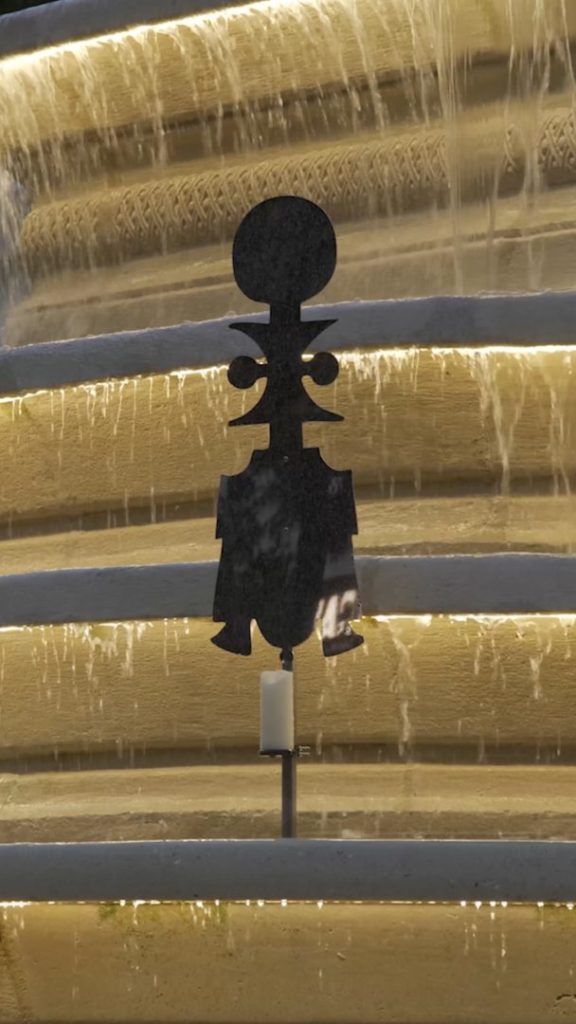
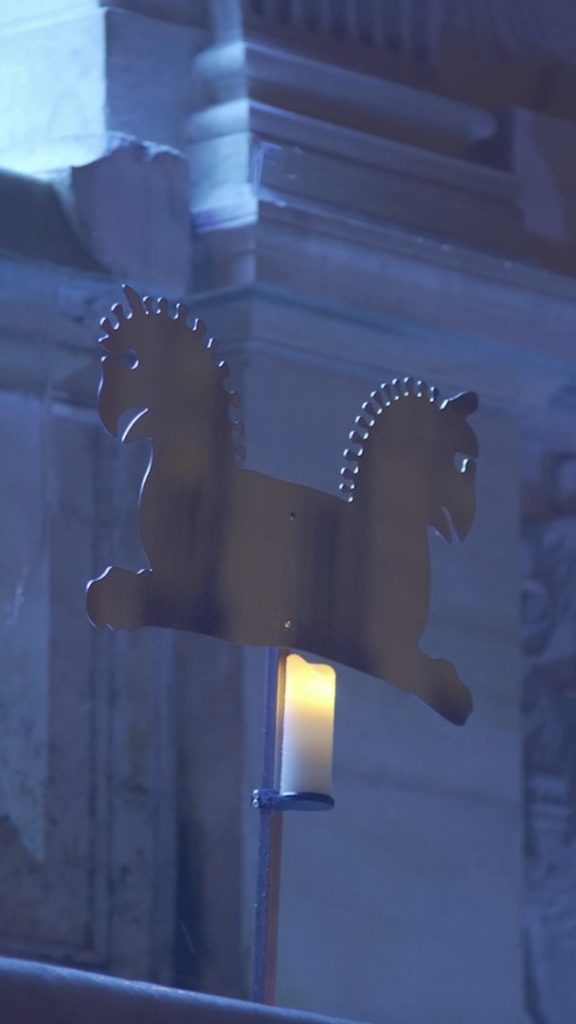
Fontaine des Innocents: an urban palimpsest
An iconic Parisian landmark, the Fontaine des Innocents is itself a palimpsest. Built in 1549 by Pierre Lescot and sculpted by Jean Goujon—nicknamed the “French Phidias” in reference to the great sculptor of Greek antiquity—it is one of the few Renaissance fountains still visible in the capital. Its bas-reliefs of naiads and nymphs are now on display at the Louvre.
Erected on the site of a former cemetery for the nameless dead – the famous Innocents’ charnel house – it has survived the centuries and undergone many transformations: once standing next to the Church of the Holy Innocents (now gone), it became the center of a market before being moved and architecturally modified in the 19th century during the construction of the Halles Baltard, recently restored for the Olympic Games, it crystallizes urban change. It is precisely this historical sedimentation that interests Léo Nataf: “starting from something dead to move towards a living death,” he says. The fountain thus becomes a threshold between the visible and invisible worlds, between times gone by and lingering memories.
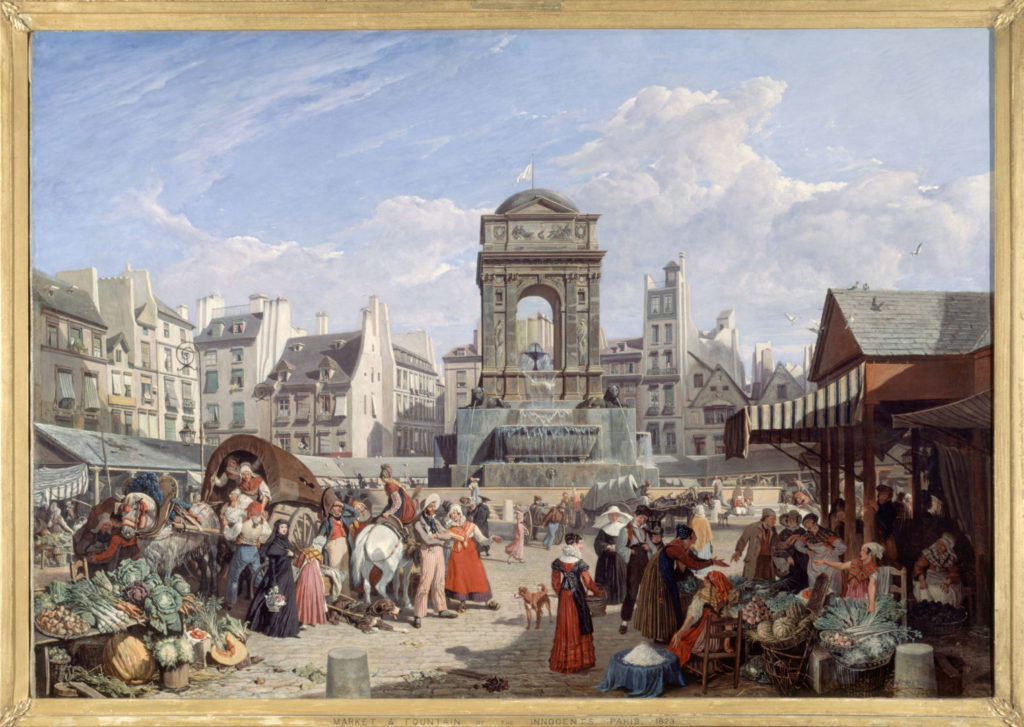
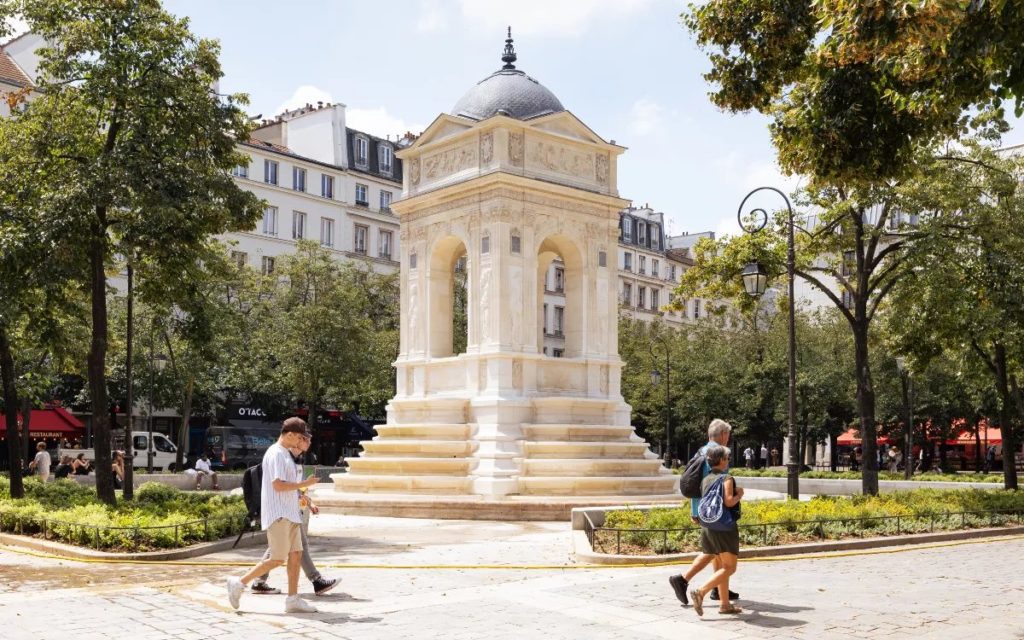
A haunted death: from Parisian cemeteries to Haitian voodoo
In Haiti, where the artist worked ten years ago with a volunteer association as an art teacher, cemeteries are not just places of rest: they are inhabited by objects, rituals, and forces. Haitian voodoo—often mistakenly reduced to a form of black magic—is above all a syncretic religion rooted in a complex mix of African traditions, Catholicism, and indigenous and European influences.
Léo Nataf draws on the myth of the zombie, the temporarily dead who are buried only to be reborn, linking it to the theme of the fountain. He sees an analogy: a monument that has been dry since 2017, reactivated for the Olympic Games, whose waters—and memories—are beginning to flow again. In voodoo, zombification is the result of poisoning that puts the victim into a state of lethargy; once awakened, they are kept in a state of apathy and become the slave of the sorcerer, a body without a soul. In this vision, the undead are not monsters, but a powerful allegory of oblivion and self-dispossession. A fitting metaphor for a city where people walk on the past without always seeing it.
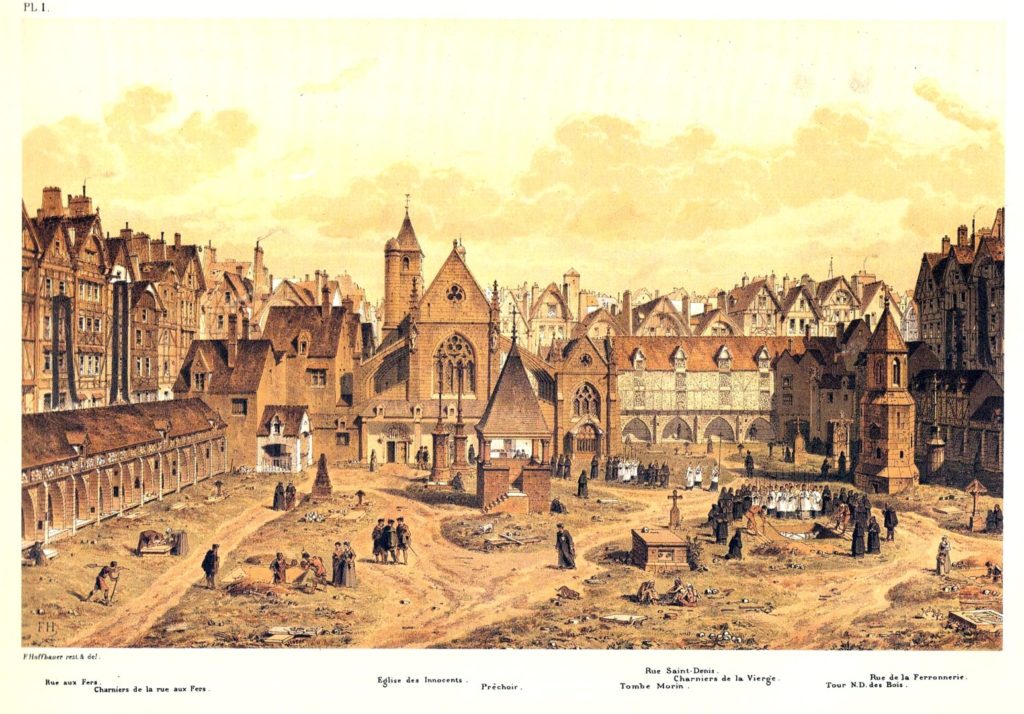
A journey through Paris
Léo Nataf’s installation is a journey: geographical, historical, symbolic. “I always take a trip back in time from a particular place,” he explains. “I go somewhere, I investigate, I scratch away at the layers of history.” Whether in Iraq, facing ancient ruins, ISIS cartridges, or portraits of Saddam Hussein carved into the rock, or in Paris, on the site of a former cemetery, the artist draws connections between the past and the present. He conjures up multiple memories, intertwines different eras, and blurs the boundaries between the sacred and the profane. At the Fontaine des Innocents, he offers a reflection on the city itself, its genesis, its layers, its ghosts. A work that is at once sonic, sculptural, and luminous, it creates a dialogue between ancient history and contemporary urgencies, questioning what, in our modern cities, continues to resonate from the first human civilizations.
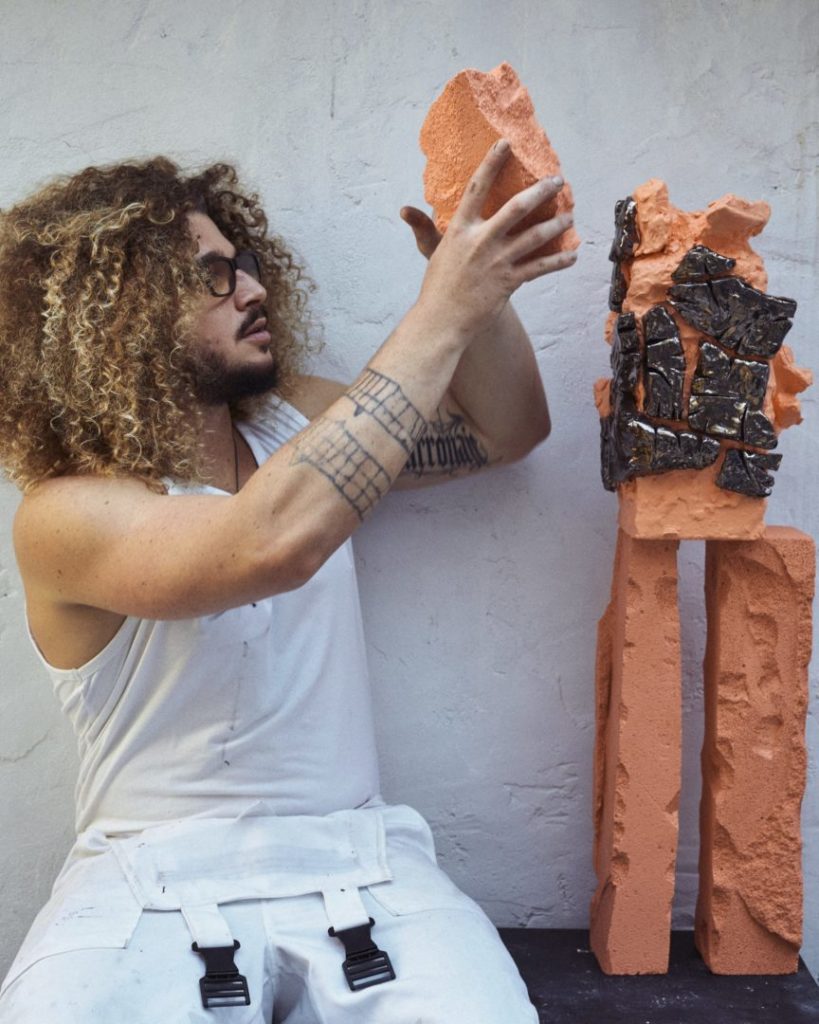
Artist Biography
Léo Nataf is a visual artist born in Paris in 1994. A graduate of Saint Martins School of Art (London), he lives and works in Saint-Denis. Passionate about anthropology, his approach is punctuated by journeys between his own culture and those of others, between individual stories and collective history.
Whether following in the footsteps of his Jewish family exiled from North Africa or immersing himself in the last hunter-gatherer societies in the Amazon, Léo Nataf brings back all kinds of objects from his travels that influence, or even directly integrate, a multifaceted artistic practice nourished by hybrid materials.
He has participated in the 1-54 (New York) and Ceramic Brussels fairs, the Paname Biennale, the Dalala festival (Paris), and exhibitions at 3537 (Paris), the Dumonteil and Clavé Fine Art galleries (Paris), the Hôtel Agar (Cavaillon), and the Boulakia gallery (London). Léo Nataf is the co-founder of the collective La Kasba, which organizes DJ nights celebrating North African culture in unusual Parisian venues.
Site : https://leonataf.com/
Instagram : @leonataf



